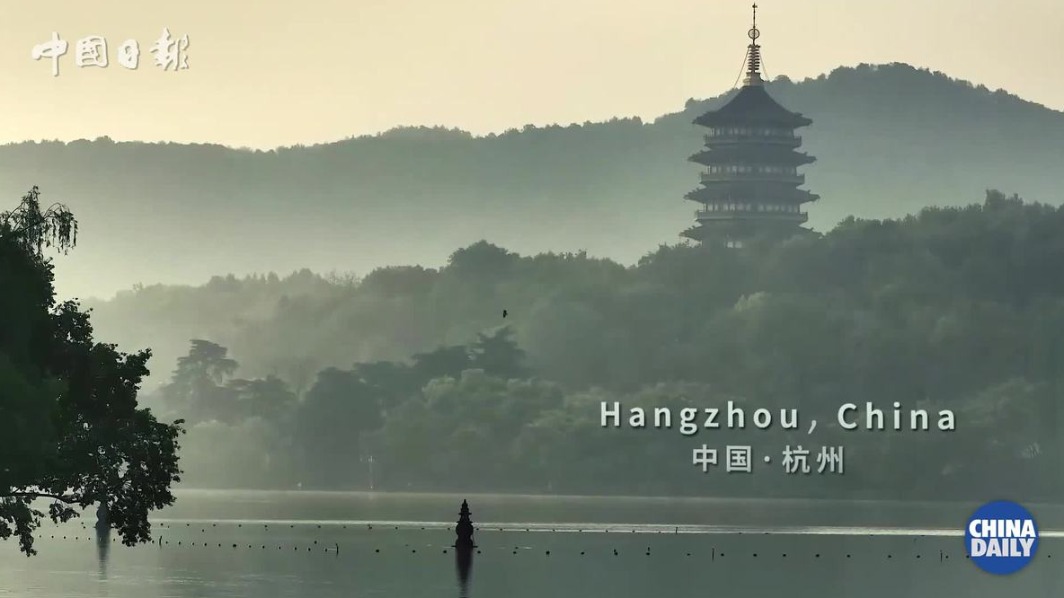living heritage: chinese calligraphy
chinese calligraphy is an artistic practice of writing chinese characters, often with a brush and ink on xuan paper. the evolution of chinese calligraphy began alongside the earliest chinese characters discovered to date - inscriptions on oracle bones from the shang dynasty (c.16th century-11th century bc) in anyang, henan province. over time, calligraphy gradually took shape as a form of art rather than a mere means of record. the five major styles of script, running, cursive, official, seal and regular, were born from such calligraphy.
calligraphy is a demanding and advanced art. the type of brush, density of ink and texture of paper can all alter the output. from brush inclination and direction to speed of writing, every twist and turn of the wrist is also calculated. structure of individual characters and spatial layout as a whole determine its quality. moreover, it is said that the emotions and philosophy of the writer are directly reflected on calligraphy.
calligraphy is refined art. lan ting xu (the orchid pavilion preface), created by wang xizhi during the eastern jin dynasty (317-420), is one of the most celebrated masterpieces of chinese calligraphy. its elegance and expressive brushwork bestowed it both historical and cultural significance in chinese literature. calligraphy is also within reach. like the spring festival couplets that adorn doors of everyday folks, calligraphy has always been the embodiment of aesthetic appreciation for the chinese.
where there is chinese language, there is chinese calligraphy, and where there is calligraphy, there is beauty. the artistry is still highly valued today, for it is more than just writing, it is a living heritage.
-
'nice' to meet you, hangzhou
may 6, 2024

